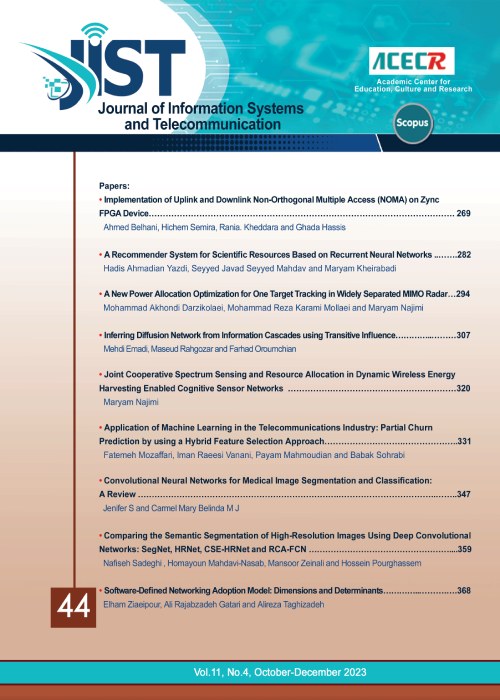Density Measure in Context Clustering for Distributional Semantics of Word Sense Induction
Word Sense Induction (WSI) aims at inducing word senses from data without using a prior knowledge. Utilizing no labeled data motivated researchers to use clustering techniques for this task. There exist two types of clustering algorithm: parametric or non-parametric. Although non-parametric clustering algorithms are more suitable for inducing word senses, their shortcomings make them useless. Meanwhile, parametric clustering algorithms show competitive results, but they suffer from a major problem that is requiring to set a predefined fixed number of clusters in advance.
Word Sense Induction (WSI) aims at inducing word senses from data without using a prior knowledge. Utilizing no labeled data motivated researchers to use clustering techniques for this task. There exist two types of clustering algorithm: parametric or non-parametric. Although non-parametric clustering algorithms are more suitable for inducing word senses, their shortcomings make them useless. Meanwhile, parametric clustering algorithms show competitive results, but they suffer from a major problem that is requiring to set a predefined fixed number of clusters in advance.
The main contribution of this paper is to show that utilizing the silhouette score normally used as an internal evaluation metric to measure the clusters’ density in a parametric clustering algorithm, such as K-means, in the WSI task captures words’ senses better than the state-of-the-art models. To this end, word embedding approach is utilized to represent words’ contextual information as vectors. To capture the context in the vectors, we propose two modes of experiments: either using the whole sentence, or limited number of surrounding words in the local context of the target word to build the vectors. The experimental results based on V-measure evaluation metric show that the two modes of our proposed model beat the state-of-the-art models by 4.48% and 5.39% improvement. Moreover, the average number of clusters and the maximum number of clusters in the outputs of our proposed models are relatively equal to the gold data
- حق عضویت دریافتی صرف حمایت از نشریات عضو و نگهداری، تکمیل و توسعه مگیران میشود.
- پرداخت حق اشتراک و دانلود مقالات اجازه بازنشر آن در سایر رسانههای چاپی و دیجیتال را به کاربر نمیدهد.


